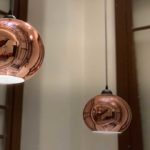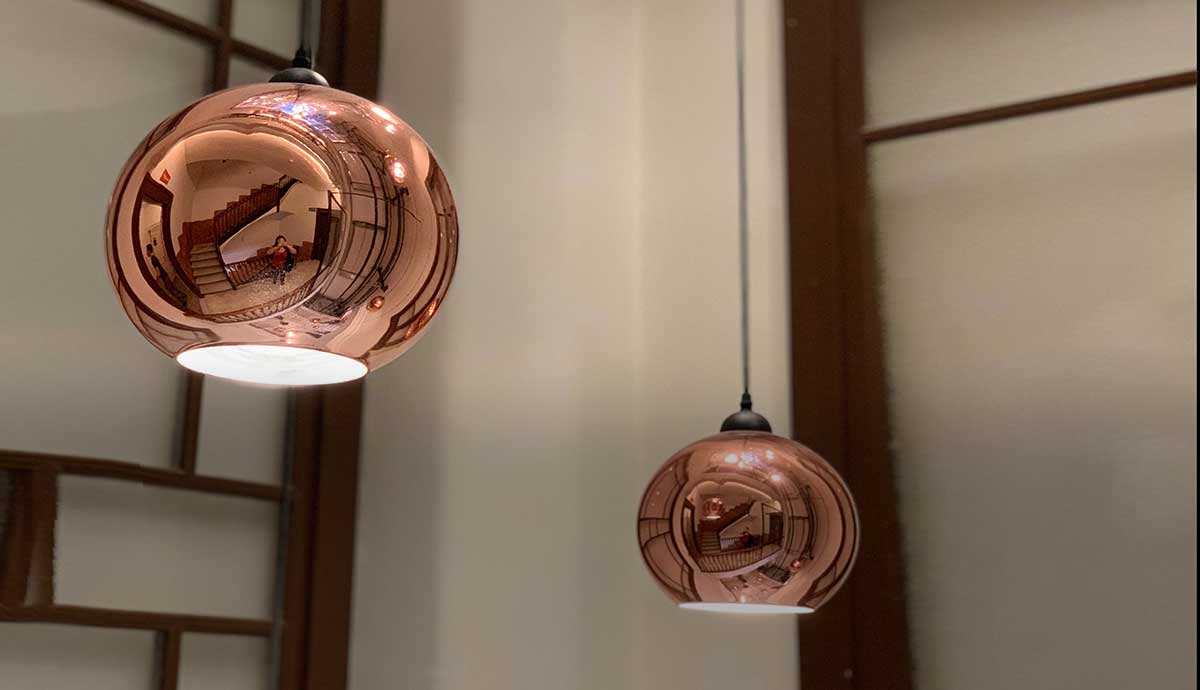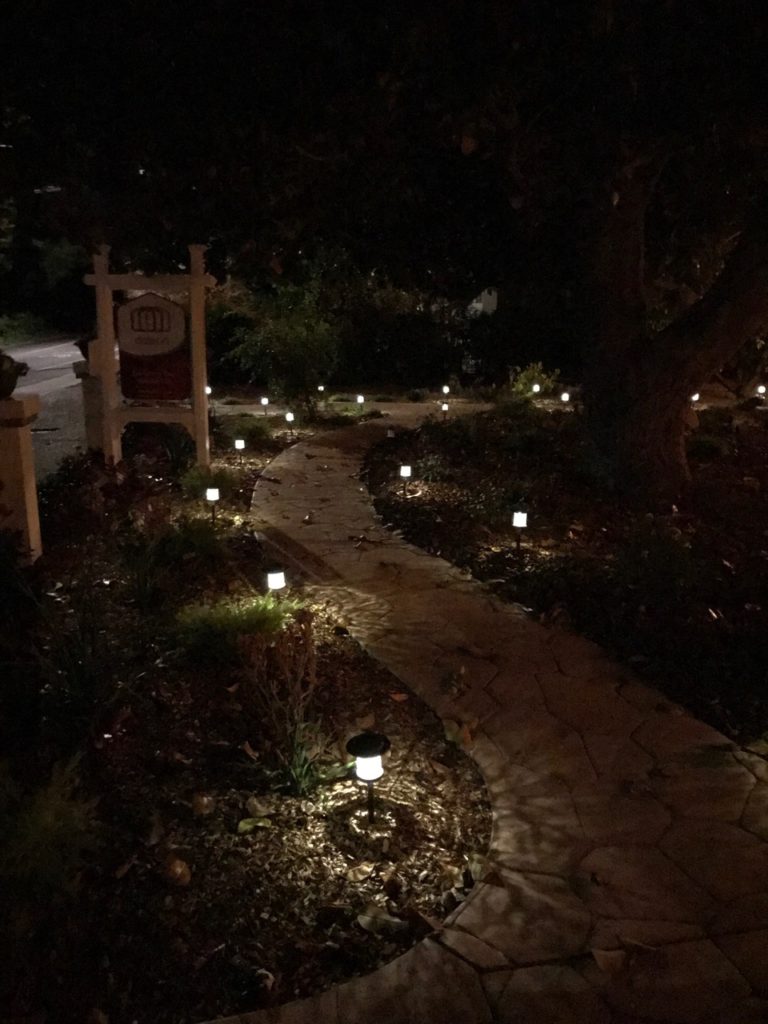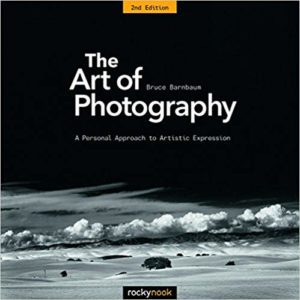Help me to help you
Thank you for taking time to use this free website. I hope you find the junk-free information here fun and useful? Please send me your comments and feedback.
Writing and maintaining the information in this manual is a lot of hard work. By sharing these pages with your friends, you help me to continue the effort. You can easily share these pages to all your favorite social media sites via the shortcut buttons on the sidebar. You can also simply email the page link to your friends. Please share often.
The very best way to help me happens when you use the embedded links to buy things. Using a link is easy and free, yet it provides a great source of support for this site. The vendors I've chosen to link to have proven to be trustworthy and are the very best resources available. That is why I recommend them personally.
HomePreservationManual.com is the place to visit if you want information on
- maintaining your home
- how to improve air quality
- ways to improve the real value of your home
- what are the best housekeeping services
- the problems with handymen services
- how to plan and execute home renovation and home improvement projects
- tips for spring cleaning; tidying up a messy house
- and generally how to be a better homeowner.
Make sure you download your monthly maintenance checklist for this month.
Linking to this site
Do you want to link to anything on this site? Please do! Go right ahead. I appreciate it and am honored to be considered as a resource on your website. Always feel free to link to anything you find helpful. Of course, please never copy anything (everything is copyrighted and registered), but link away and thanks!
Thank you!
Copyright and permission to use information.
If you have questions or just want to say hi, please send me a note. If you are looking for help performing the work described and you are in the San Francisco area, go to HPS Palo Alto Inc.and request a free evaluation.
As a reminder, it is unlawful to make copies including cut and paste or especially in the form of making printouts for reuse. If you wish to make a print for personal use, I will happily grant you one-time permission if you will kindly send me a request in writing.
Thanks again!

 AS of January 1, 2020, all General Service Lamps (home light bulbs) are subject to the 45 LUMENS PER WATT (“LPW”) requirements and any product that does not meet this standard is subject to “stop sell” restrictions prohibiting the sale within the State of California. This means that any light bulb that does not provide at least 45 lumens per watt may no longer be sold in California.
AS of January 1, 2020, all General Service Lamps (home light bulbs) are subject to the 45 LUMENS PER WATT (“LPW”) requirements and any product that does not meet this standard is subject to “stop sell” restrictions prohibiting the sale within the State of California. This means that any light bulb that does not provide at least 45 lumens per watt may no longer be sold in California.





 Not creating a plan – Always start your lighting project with a sketch in order to experiment on paper. Start by creating a simple, roughly to scale, plan showing your home and key landscape features. Include walkways, patios, planting areas, driveway, fences, trees and major specimens or artwork. Use the plan to experiment laying out your lighting system so you can estimate how much material (fixtures, wiring, transformers timers etc.) you are going to need. Mistakes made on paper are much easier to rectify than mistakes made in the field. e trees, plants, rocks or walls. Path lights focus their light on the surfaces below them. Accent lights typically are used to throw light upward onto elevated subjects. Both accent and path lights can be purchased to produce the exact amount of coverage or illumination that you desire.
Not creating a plan – Always start your lighting project with a sketch in order to experiment on paper. Start by creating a simple, roughly to scale, plan showing your home and key landscape features. Include walkways, patios, planting areas, driveway, fences, trees and major specimens or artwork. Use the plan to experiment laying out your lighting system so you can estimate how much material (fixtures, wiring, transformers timers etc.) you are going to need. Mistakes made on paper are much easier to rectify than mistakes made in the field. e trees, plants, rocks or walls. Path lights focus their light on the surfaces below them. Accent lights typically are used to throw light upward onto elevated subjects. Both accent and path lights can be purchased to produce the exact amount of coverage or illumination that you desire.
